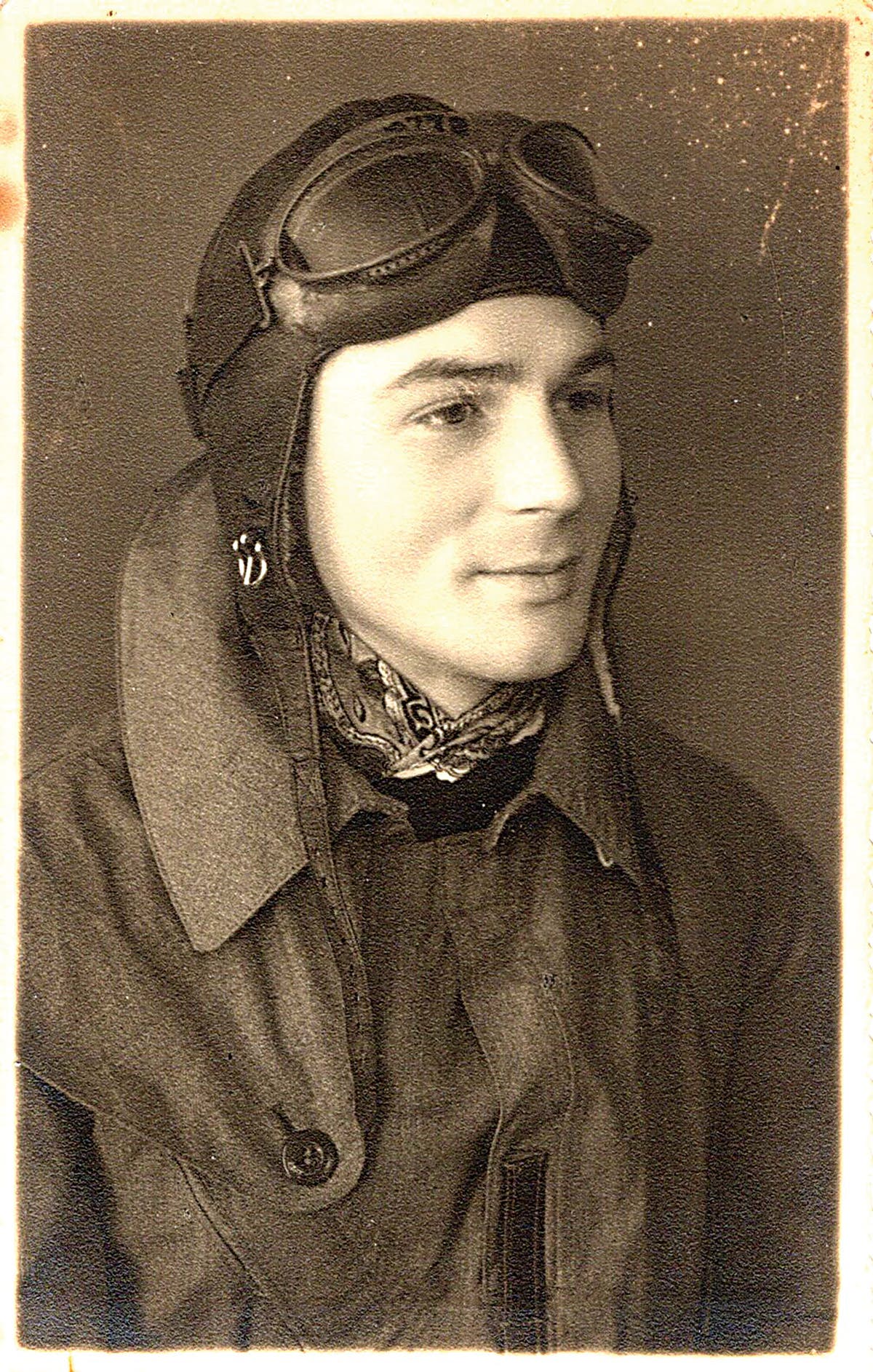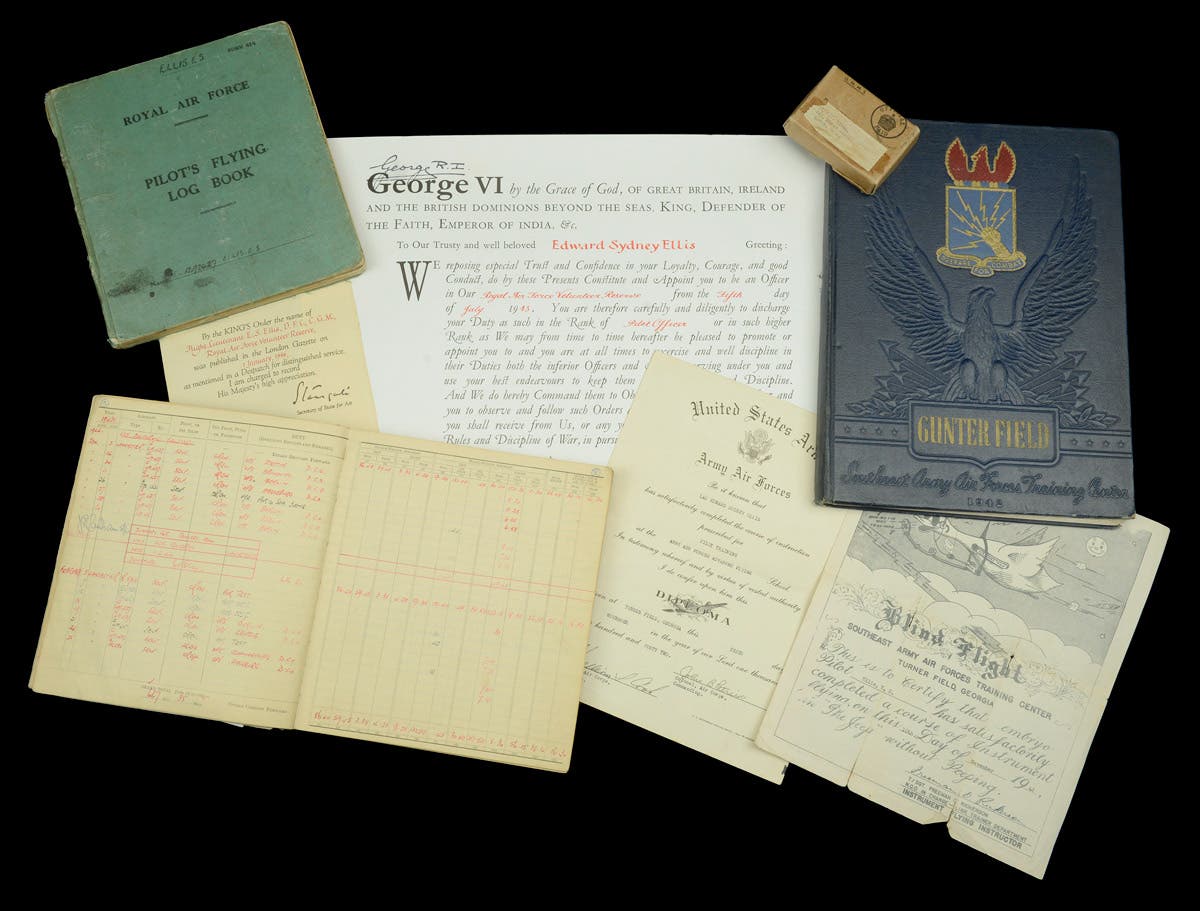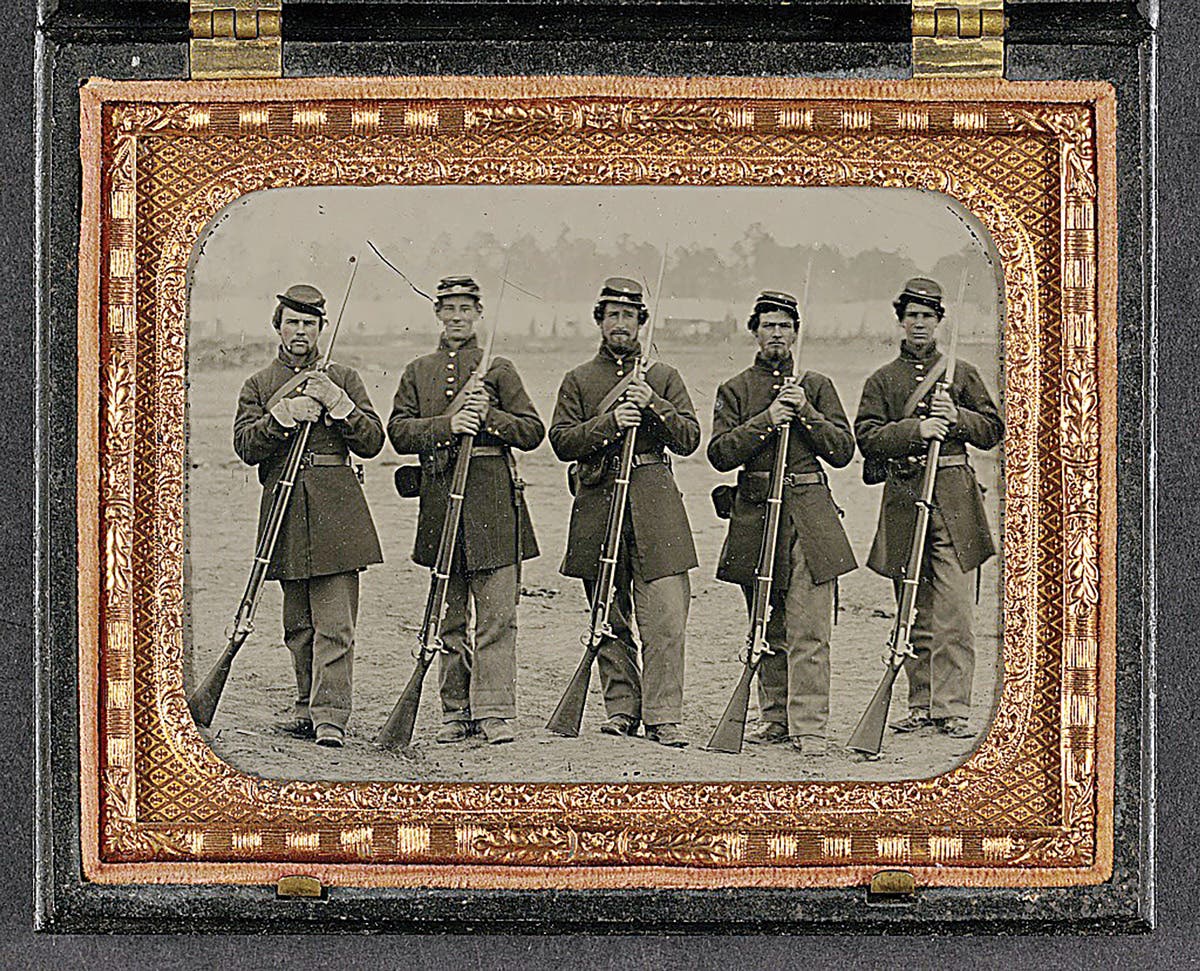A WWII Helmet Rarity: “Liner, Helmet, M-1, Crash”
The Liner, Helmet, M-1, Crash is often referred to, by collectors, as either the “Experimental Tank helmet” or the “T-19E1 Tank helmet”. Both of these titles are technically incorrect but not entirely wrong. The story of this peculiar helmet begins in WW2.
The United States Army tank forces went into WWII wearing the Rawlings Pattern tank helmet, sometimes called the 1938 Pattern Tank Helmet. This helmet, while providing excellent bump protection and doing an adequate job of holding the regulation HS-18 radio receiver headset, provided no ballistic protection.
Tank crewmen operating outside the vehicle and drivers and tank commanders who would normally have their head exposed had to rely on the standard M-1 infantry helmet worn over top the leather tank helmet. This helmet combination proved unwieldy and unbalanced and led the Armored Board to request the Ordnance Department and the Quartermaster Corps for help in designing a new tanker helmet which would provide ballistic as well as bump protection, be able to incorporate radio equipment, and be able to be worn inside the tank without interfering with optical and sighting devices.
Beginning in early 1944, the Army Ordnance Department, working with the Metropolitan Museum of Art in New York City developed a series of test helmets based on the Army Air Force flak helmets then in use. These various designs were called the T-8, T-9, T-10, T-12, T-13 and T-16 helmets.
At the same time the Ordnance Department and the Quartermaster Department began a series of design experiments based on alterations of the M-1 infantry helmet. The designs based on the Army Air Force flak helmets were soon found to be undesirable and work concentrated on some variation of the M-1 helmet and liner combination.
Work on these designs reached a level of such optimism that in late 1944 the Rawlings Pattern tank helmet was officially withdrawn from service, although there were so many already in the Army inventory that they continued to be issued and used throughout the final months of the war.
The designs that were developed by the Ordnance and Quartermaster Departments were titled the T-19E1, T-19E2, T-20E1, and T-20E2 helmets. These designations referred specifically to the steel helmet shells which were the Ordnance part of the design project.
These shells were reconfigured M-1 helmets incorporating side rim cut-outs for radio receivers and using either a separate helmet liner, an M-1 liner head harness attached directly to the steel shell or a molded rubber lining similar to that used in the U.S. Navy Mk.2 Telephone Talker helmet. Final test results on these helmet shells were not completed before the end of hostilities however initial results indicated that the overall stability of the steel shell was unacceptable and that the weight of the helmet caused headaches after prolonged use.
The Army had more success with the special helmet liner and the radio headset designed to go with it. The Quartermaster Department’s Plastics Division had completed a modification of the standard “Liner, Helmet, M-1” by late 1944 which was designated the “Liner, Helmet, M-1, Crash.” The Signal Corps had also approved the new radio headset H-16/U to go along with this new helmet liner.
Initial testing by the Armored Board in early 1945 approved both the liner and the headset but the Armored Medical Board requested that a chin strap be added to the liner. This was done by adding two leather chin strap holders externally, one on either side of the liner to which the standard M-1 liner chin strap was attached using wire hooks.
The Armored Board recognized the need to field a new tank helmet to replace the Rawlings Pattern helmet as soon as possible and authorized the acceptance and immediate procurement of the “Liner, Helmet, M-1, Crash” even though the T-19E1 and T-19E2 shells had both been rejected. Based on the Armored Board request the Quartermaster Department assumed production control of the ‘Liner, Helmet, M-1, Crash’ on 8 May 1945 and issued an order for 25, 000 of the new liners from the Mine Safety Appliance Company (MSA), a major producer of the standard M-1 liner during the war, at a cost of $4.40 each.
The end of the war in Europe in May and the war against Japan in August of 1945 meant that not one of the completed “Liner, Helmet, M-1, Crash” ever saw action in World War II. The cessation of hostilities saw the War Department canceling defense contracts across the board. The helmet liner was quickly declared obsolete and the contract with MSA cancelled.
The War Department received notification in January 1946, that MSA had on hand 10,070 of the ‘Liner, Helmet, M-1, Crash’ that were already completed and that the Army was contractually obligated to purchase these completed liners. The Armored Branch took the 10,070 completed liners and issued them as a limited, standard item to training units until the early 1950s.
MSA followed procedures which had been approved for helmet liner manufacturers at the beginning of the war. They fitted all remaining uncompleted and rejected ‘Liner, Helmet, M-1, Crash’ with simple plastic strapping liners and sold them to retailers as children’s toys.
You may also like:
*As an Amazon Associate, Military Trader / Military Vehicles earns from qualifying purchases.








